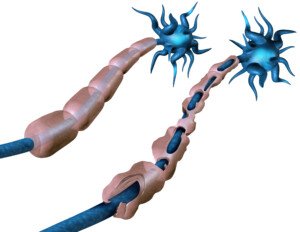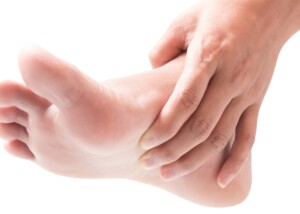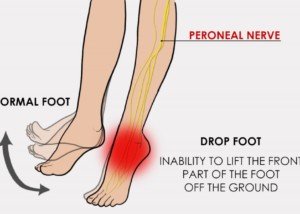
The spasticity of multiple sclerosis doesn’t come in just one flavor.
MS is an autuimmune disease involving the damage of the protective myelin sheath around nerve fibers and cells in the spinal cord and brain.
When this sheath is damaged, a disruption of nerve signals between the brain and muscles results.
Over time, the damage can be permanent (scarring or sclerosis) and in multiple areas involving the nervous system.
The disease, however, may also go into remission for very long periods, during which the patient can do hard gym workouts, do 10K’s and even go ice climbing.
One of the symptoms of MS is a prolonged contraction of muscles. This is called spasticity.
Different Ways MS Spasticity Presents
“Spasticity can come in a ‘variety of flavors’ with MS,” says Mitzi J. Williams, MD, clinical neurologist with Morehouse School of Medicine, an MS specialist and clinical advisor for the Multiple Sclerosis Foundation.
Dr. Williams explains, “People can have tightness of the muscles that feels like a rubber band, cramping like ‘Charlie horses, or a spasm that can actually make the extremity jerk or kick.
“Sometimes they can also have extensor or flexor spasms where the extremity will get ‘stuck’ in a cramp when they try to flex or extend it.
“Example, someone will try to kick their leg out [such as extending it while in an airplane seat], and it will go into a spasm, and the leg will stay straight and take seconds to minutes to relax.
“Clonus is a severe form of spasticity where the muscles usually of the foot can jerk involuntarily when placed in certain positions.
“This is usually alleviated when they change the position of the foot.”
How to Treat Spasticity from MS
Dr. Williams exlains, “Spasticity can be treated in a variety of ways. You can add regular stretching including yoga into your daily routine.”

Freepik.com, katemangostar
“Also, you can work with you doctor to see if physical therapy or medications would be of benefit to help the symptoms.
“It is also important to be aware that certain conditions like extremes of temperature, fever or infection, and fatigue can temporarily make spasticity worse.”

Dr. Williams is author of “MS Made Simple: The Essential Guide to Understanding Your Multiple Sclerosis Diagnosis.” She is a member of the American Academy of Neurology.
 Lorra Garrick has been covering medical, fitness and cybersecurity topics for many years, having written thousands of articles for print magazines and websites, including as a ghostwriter. She’s also a former ACE-certified personal trainer.
Lorra Garrick has been covering medical, fitness and cybersecurity topics for many years, having written thousands of articles for print magazines and websites, including as a ghostwriter. She’s also a former ACE-certified personal trainer.
.


























